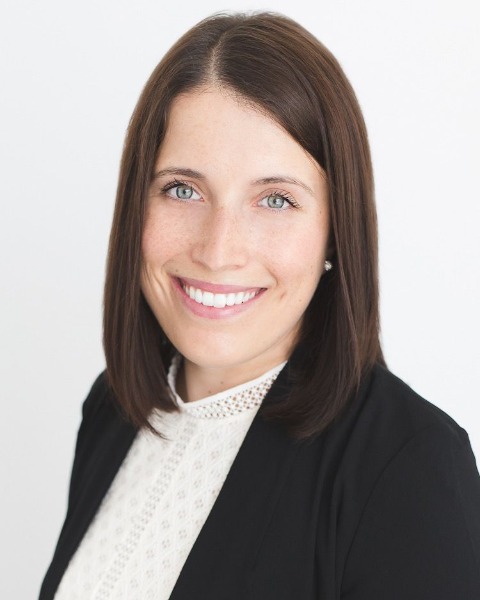Education
POSTER SESSION #2
P103 - FUTURE OF CARDIOLOGY TRAINING AND PRACTICE DATA SURVEY
Friday, October 24, 2025
5:30pm - 6:30pm ET
Location: Board 48

Laura Halperin, MD FRCPC (she/her/hers)
Echocardiography Fellow
University of Ottawa Heart Institute
Ottawa, Ontario, Canada
Presenting Author(s)
Background: The field of cardiology has grown exponentially in breadth and complexity and this is reflected in the growth of adult cardiology subspecialties. Consequently, cardiology subspecialty training programs have increased in number and variety across the country. How this has impacted graduating cardiology residents’ fellowship and career choices and the trainee perspective on contemporary core cardiology training has not previously been investigated. The aim of this survey was to understand how trainees are navigating their career choices and characterize the drivers behind these decisions.
METHODS AND RESULTS:
Methods: An online investigator-developed anonymous survey was employed with quantitative and qualitative inputs using the secure UBC survey tool. The survey was distributed to final year cardiology residents by residency program administrators and advertised at the Canadian Cardiovascular Congress Trainee Review Program.
Results: 85 participants from across Canada responded to the survey from 2023-2025 (49% of all graduating cardiology residents). 94% of survey respondents are planning to complete fellowship training after residency with 26% of participants planning to complete two fellowships. The most common fellowships included advanced echocardiography (50%), cardiac critical care (16%), and interventional cardiology (16%). The most common factor for choosing to pursue fellowship training was personal interest (76%), followed by the perception that this was a requirement for both academic (58%) and community careers (30%). Most graduates (97%) plan to incorporate general cardiology to some degree, into their eventual practice. 45% of graduates would have strongly considered general cardiology practice if they were confident they could get a job after 3 years of cardiology residency. Despite the duration of training, 59% indicated 3 core years of cardiology training was necessary for both general cardiology practice and fellowship training. The top factors that influenced cardiology residents desired location of practice was proximity to family (84%), partner/spouse considerations (68%) and lifestyle (51%). Graphics interpretation, hemodynamics teaching and outpatient clinical exposure were noted as areas for improvement in core cardiology training.
Conclusion: The majority of graduating cardiology residents are planning on including general cardiology as part of their eventual practice, and most will be doing fellowships after core cardiology residency. Trainees identified perceived areas for improvement within cardiology residency programs in Canada. These findings provide insights for cardiology training programs and leaders and may be used to enhance cardiology training.
METHODS AND RESULTS:
Methods: An online investigator-developed anonymous survey was employed with quantitative and qualitative inputs using the secure UBC survey tool. The survey was distributed to final year cardiology residents by residency program administrators and advertised at the Canadian Cardiovascular Congress Trainee Review Program.
Results: 85 participants from across Canada responded to the survey from 2023-2025 (49% of all graduating cardiology residents). 94% of survey respondents are planning to complete fellowship training after residency with 26% of participants planning to complete two fellowships. The most common fellowships included advanced echocardiography (50%), cardiac critical care (16%), and interventional cardiology (16%). The most common factor for choosing to pursue fellowship training was personal interest (76%), followed by the perception that this was a requirement for both academic (58%) and community careers (30%). Most graduates (97%) plan to incorporate general cardiology to some degree, into their eventual practice. 45% of graduates would have strongly considered general cardiology practice if they were confident they could get a job after 3 years of cardiology residency. Despite the duration of training, 59% indicated 3 core years of cardiology training was necessary for both general cardiology practice and fellowship training. The top factors that influenced cardiology residents desired location of practice was proximity to family (84%), partner/spouse considerations (68%) and lifestyle (51%). Graphics interpretation, hemodynamics teaching and outpatient clinical exposure were noted as areas for improvement in core cardiology training.
Conclusion: The majority of graduating cardiology residents are planning on including general cardiology as part of their eventual practice, and most will be doing fellowships after core cardiology residency. Trainees identified perceived areas for improvement within cardiology residency programs in Canada. These findings provide insights for cardiology training programs and leaders and may be used to enhance cardiology training.
